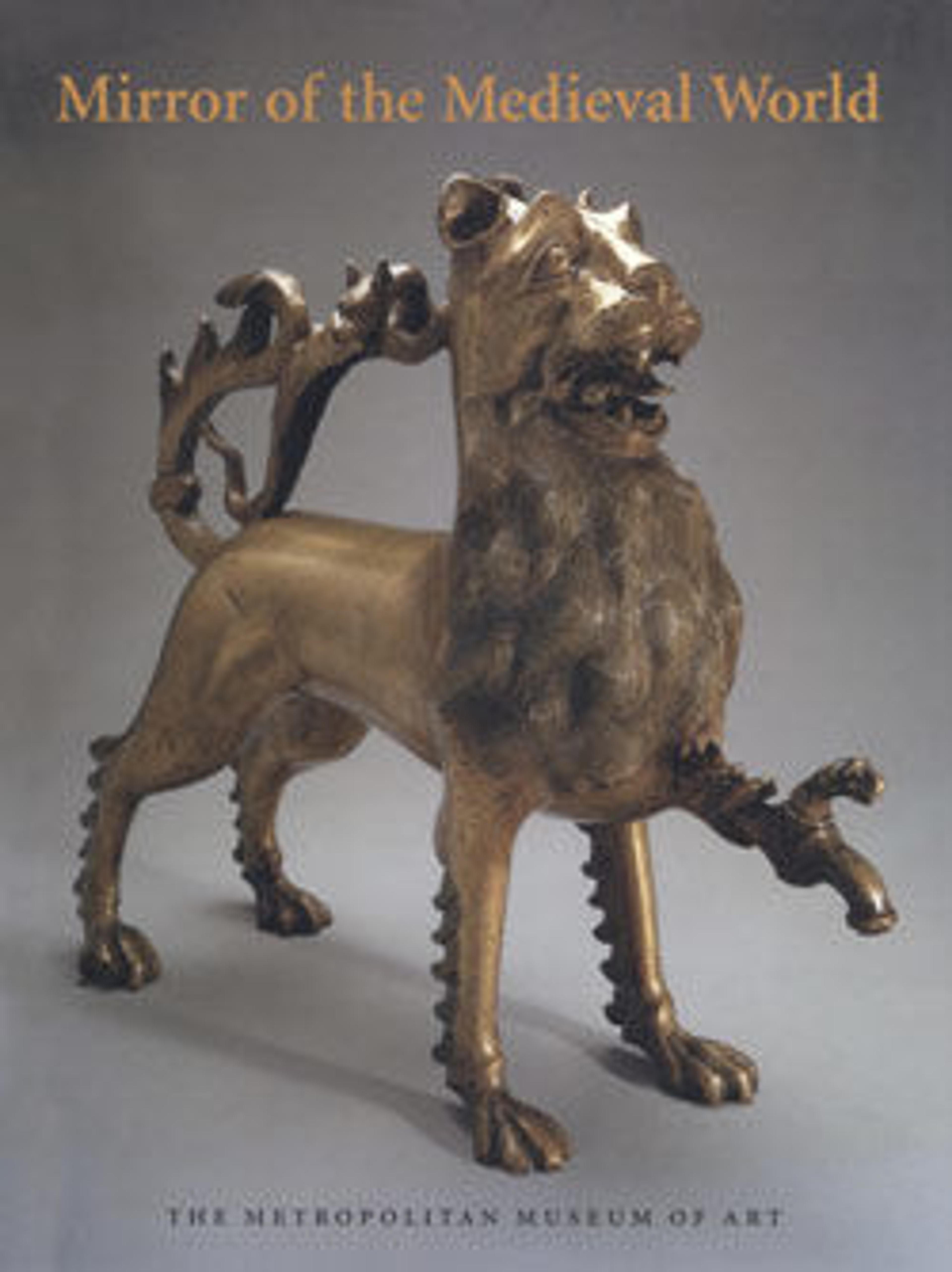Game Piece with a Scene from the Life of Apollonius of Tyre
This piece, from the medieval game of tables (a precursor to backgammon), illustrates the Late Antique legend of Apollonius of Tyre, whose wife was miraculously resurrected after being buried at sea. Here two men lower her coffin while two others watch. The scene is conceived in spatial layers: coffin, figures lowering it, onlookers, and sail. The illusion of deep space is enhanced by almost three-dimensional carving, with some areas in the round, a rare feature in walrus-ivory reliefs. While the subject is unique in Romanesque art, the plastic style of figure carving and the fine detail have parallels in Cologne ivories of the second half of the twelfth century. The figures and acanthus border can be related to an ivory reliquary in Brussels and to a cupola reliquary in Berlin produced in Cologne between 1170 and 1190. The Brussels reliquary has nearly identical borders, indicating that a single workshop produced ecclesiastical and secular objects.
Another gamepiece, depicting the Entombment of Christ (Burrell Collection, Glasgow), is so similar that it may be from the same set, one divided thematically between the life of Christ and typological parallels based on classical literature. Frequently, pieces would depict feats of strength, such as those of Hercules (from mythology) pitted against those of Samson (from the Old Testament).
Another gamepiece, depicting the Entombment of Christ (Burrell Collection, Glasgow), is so similar that it may be from the same set, one divided thematically between the life of Christ and typological parallels based on classical literature. Frequently, pieces would depict feats of strength, such as those of Hercules (from mythology) pitted against those of Samson (from the Old Testament).
Artwork Details
- Title:Game Piece with a Scene from the Life of Apollonius of Tyre
- Date:ca. 1170
- Geography:Made in Cologne, Germany
- Culture:German
- Medium:Walrus ivory
- Dimensions:Overall: 1/16 x 2 3/16 x 5/8 in. (0.2 x 5.6 x 1.6 cm)
- Classification:Ivories-Walrus
- Credit Line:Purchase, Stark and Michael Ward Gift, Joseph Pulitzer Bequest, and Pfeiffer and Dodge Funds, 1996
- Object Number:1996.224
- Curatorial Department: Medieval Art and The Cloisters
Audio
3120. Gamepiece with Episode from the Life of Apollonius of Tyre
0:00
0:00
We're sorry, the transcript for this audio track is not available at this time. Please email info@metmuseum.org to request a transcript for this track.
More Artwork
Research Resources
The Met provides unparalleled resources for research and welcomes an international community of students and scholars. The Met's Open Access API is where creators and researchers can connect to the The Met collection. Open Access data and public domain images are available for unrestricted commercial and noncommercial use without permission or fee.
To request images under copyright and other restrictions, please use this Image Request form.
Feedback
We continue to research and examine historical and cultural context for objects in The Met collection. If you have comments or questions about this object record, please contact us using the form below. The Museum looks forward to receiving your comments.
